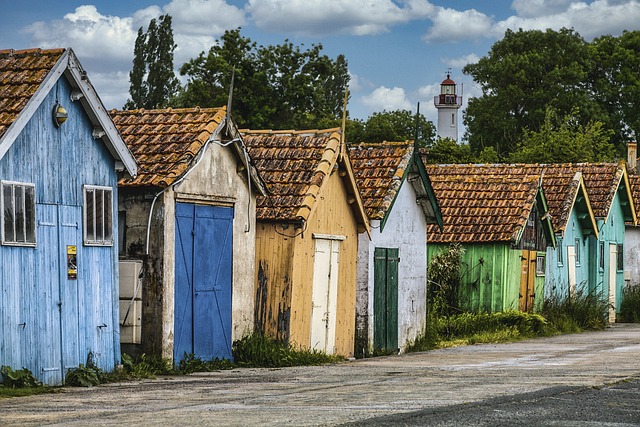The global aging population is reshaping real estate demands, with a focus on age-friendly housing for seniors. As life expectancy increases and birth rates decrease, developers are creating accessible, safe, and convenient communities to cater to the needs of an aging demographic. By 2050, those aged 65+ will make up 16.5% of the world's population, driving demand for tailored housing options and presenting significant opportunities for real estate investors and developers.
The global population is aging, presenting both challenges and opportunities, particularly for the real estate industry. As individuals live longer, the demand for suitable housing, amenities, and services tailored to meet the needs of elderly folk is on the rise. This article explores the significant demographic shift towards an aging population worldwide and delves into how the real estate sector is responding. We examine urban planning strategies aimed at creating sustainable communities that can accommodate this growing segment, ensuring their quality of life remains a priority.
The Demographic Shift: An Aging Population

The global population is experiencing a significant demographic shift as people live longer, healthier lives. This trend presents a unique challenge and opportunity for various sectors, especially real estate. With an aging population, there’s a growing demand for suitable housing options tailored to the needs of seniors. The traditional notion of homeownership may evolve, with more individuals opting for assisted living facilities or age-friendly rental accommodations that cater to their changing lifestyles.
This shift in preference is not just a trend but a reflection of an increasing number of people reaching advanced ages. As a result, real estate developers and investors are increasingly focusing on building communities designed for this demographic. These developments prioritize accessibility, safety, and convenience, ensuring seniors can maintain independence while having access to essential services and social interactions.
– Exploring the global trend of an aging population and its implications for the future.

The global trend of an aging population is a significant demographic shift that’s reshaping societies and economies worldwide. As life expectancy increases and birth rates decrease, the percentage of older adults in the total population is rising steadily. This phenomenon presents both challenges and opportunities, particularly in sectors like real estate.
In terms of real estate, the aging population implies a growing demand for age-friendly housing and services. Older adults often require accommodations with enhanced accessibility features and smaller, more manageable living spaces. This trend is driving innovation in residential design, from adaptable floor plans to integrated health monitoring systems. Moreover, as mobility decreases with age, there’s an increased need for walkable communities with easy access to healthcare facilities, retail, and social hubs—all of which can stimulate local economies and create new real estate opportunities.
– Statistics and projections on population age distribution worldwide.

The global population is aging rapidly, with a significant shift towards an older demographic in recent years. According to the United Nations, by 2050, people aged 65 and over are projected to reach 1.4 billion worldwide, accounting for 16.5% of the total population. This trend presents both opportunities and challenges for various industries, particularly Real Estate. As the elderly population grows, there will be an increased demand for housing that caters to their specific needs and preferences.
In many developed countries, the aging population is already influencing real estate markets. For instance, in the United States, a 2021 report by the Census Bureau revealed that individuals aged 65 and over now outnumber those under 18, marking a significant demographic shift. This trend is expected to continue, leading to higher demand for age-friendly housing options, such as retirement communities and accessible living spaces. As a result, developers and real estate investors are increasingly focusing on creating sustainable and inclusive environments that cater to this growing market segment.






